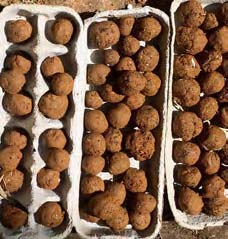Thank you to all the parents that sent in photos of their kids in the garden and with home grown produce. Each month we publish the best photo in our enewsletter and we choose the best to appear here and win a prize.
To enter, send photos with name and age of child and address to maude@pipmagazine.com.au. The winner will receive the book Rockhopping by Trace Balla and an original drawing by the author.

